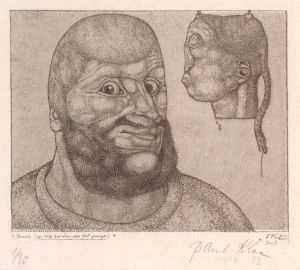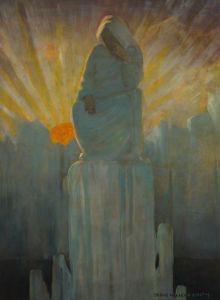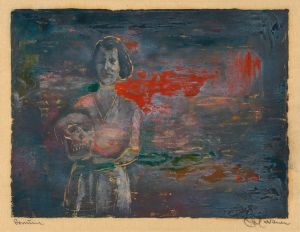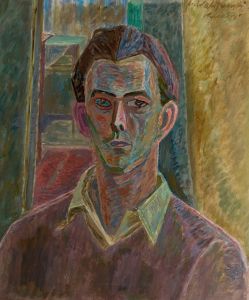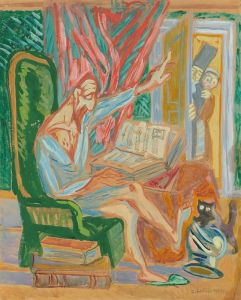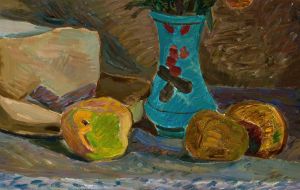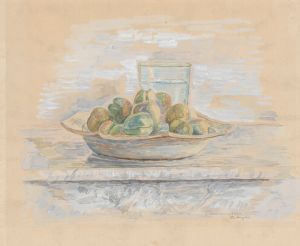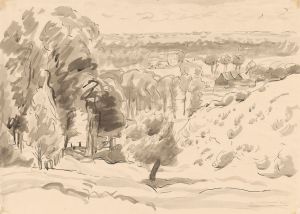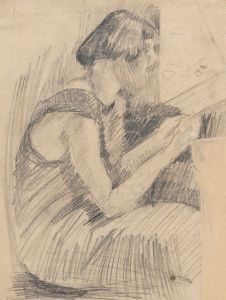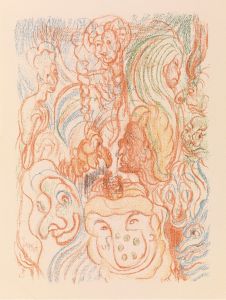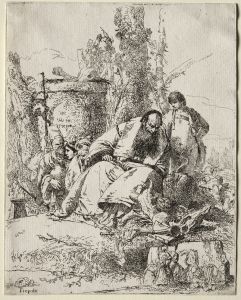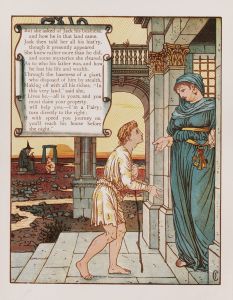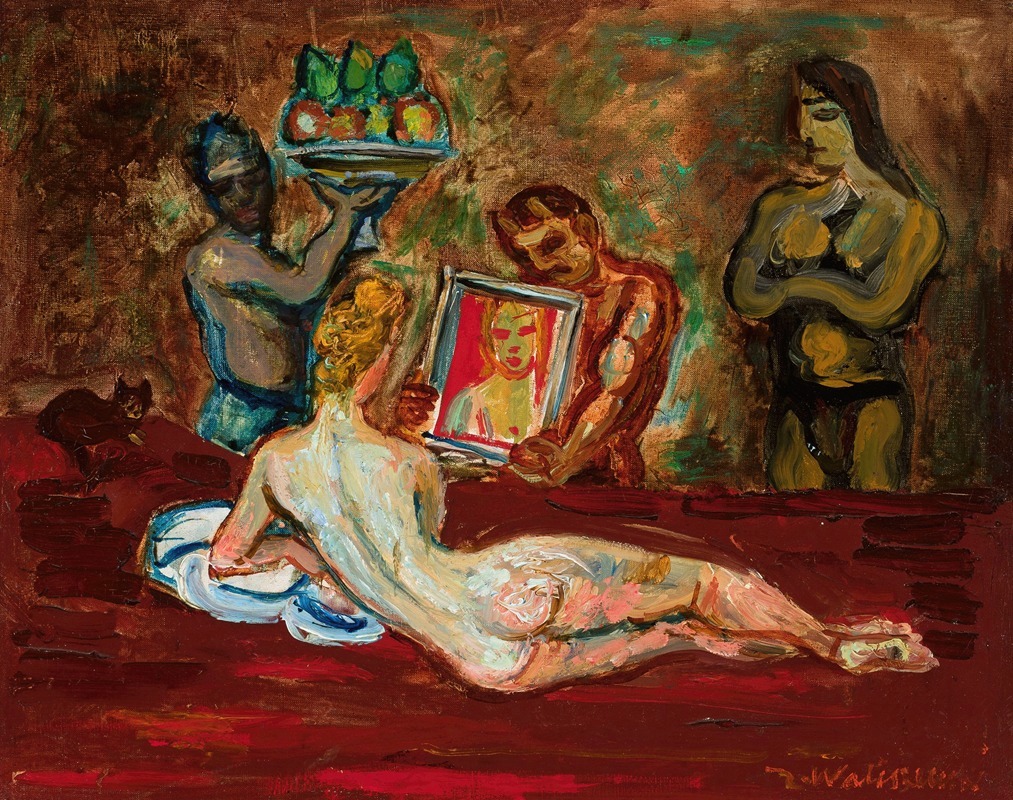
Lustereczko powiedz przecie…
A hand-painted replica of Zygmunt Waliszewski’s masterpiece Lustereczko powiedz przecie…, meticulously crafted by professional artists to capture the true essence of the original. Each piece is created with museum-quality canvas and rare mineral pigments, carefully painted by experienced artists with delicate brushstrokes and rich, layered colors to perfectly recreate the texture of the original artwork. Unlike machine-printed reproductions, this hand-painted version brings the painting to life, infused with the artist’s emotions and skill in every stroke. Whether for personal collection or home decoration, it instantly elevates the artistic atmosphere of any space.
Zygmunt Waliszewski was a notable Polish painter, associated with the avant-garde movement in Poland during the early 20th century. He was born on December 1, 1897, in Saint Petersburg, Russia, and later moved to Poland, where he became an influential figure in the Polish art scene. Waliszewski's work is characterized by its vibrant colors and dynamic compositions, often reflecting the influence of Post-Impressionism and Expressionism.
One of his works, "Lustereczko powiedz przecie…" (translated as "Mirror, Mirror, Tell Me…"), is an intriguing piece that showcases Waliszewski's unique style. While specific details about this painting are scarce, it is known that Waliszewski often drew inspiration from literature, mythology, and folklore, which might suggest that this painting could be related to such themes. The title itself evokes the famous line from the fairy tale "Snow White," indicating a possible exploration of themes related to beauty, vanity, or introspection.
Waliszewski's artistic journey was significantly shaped by his education and experiences. He studied at the Academy of Fine Arts in Kraków, where he was influenced by prominent artists of the time, including Józef Mehoffer and Wojciech Weiss. His exposure to various European art movements during his travels also played a crucial role in the development of his style. Waliszewski was part of the "Formists," a Polish avant-garde group that sought to break away from traditional artistic conventions and embraced modernist ideas.
Throughout his career, Waliszewski experimented with different techniques and styles, often blending elements from various movements to create his distinctive works. His paintings are known for their expressive use of color and form, which convey a sense of movement and emotion. Waliszewski's ability to merge different artistic influences while maintaining his unique voice is evident in his diverse body of work.
Despite his relatively short life—he passed away on October 5, 1936, in Kraków—Waliszewski left a lasting impact on Polish art. His works are held in high regard and continue to be studied and appreciated for their contribution to the development of modern art in Poland. "Lustereczko powiedz przecie…" is a testament to his innovative approach and his ability to capture complex themes through his art.
Today, Zygmunt Waliszewski's paintings can be found in various museums and collections, serving as a reminder of his artistic legacy. His work remains an important part of Poland's cultural heritage, reflecting the dynamic and transformative period of art during which he lived and worked.





